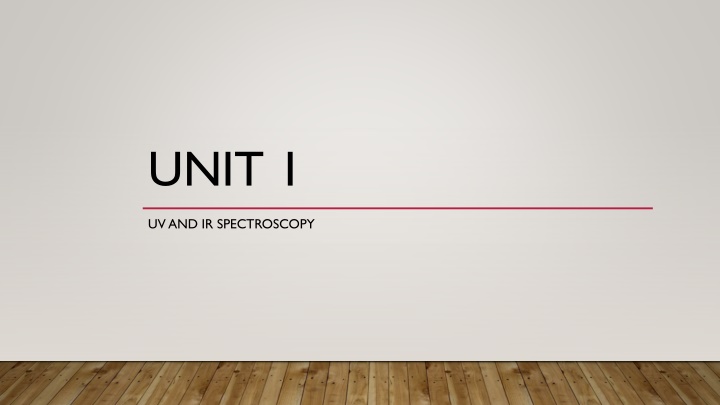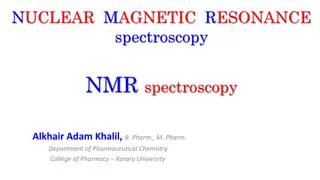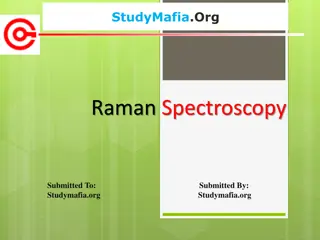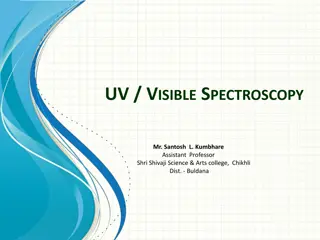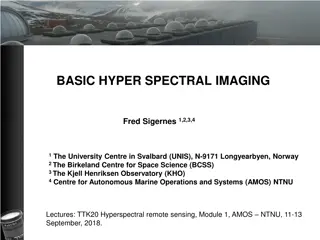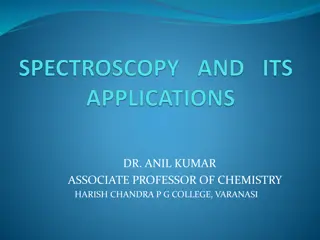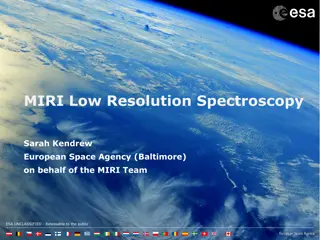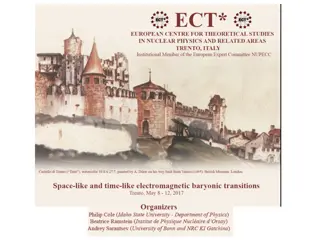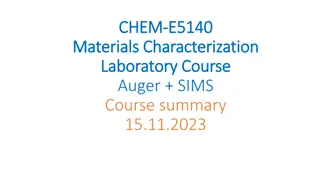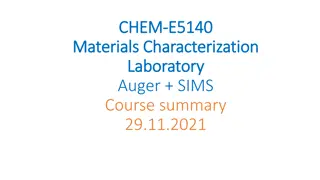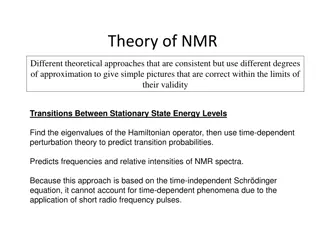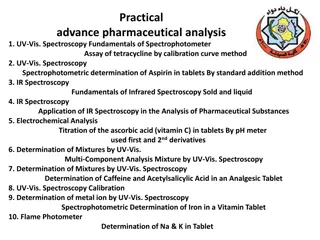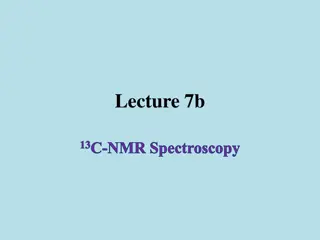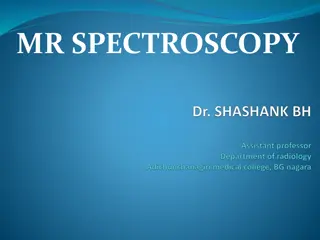UV and IR Spectroscopy Basics
Dive into the fundamentals of UV and IR spectroscopy, exploring functional group regions, spectroscopic techniques, vibrational frequencies, and more. Learn about the distinctions between different compounds, types of hydrogen bonding, and the analysis of spectral ranges. Enhance your understanding of spectroscopic methods and their applications in organic chemistry.
Download Presentation

Please find below an Image/Link to download the presentation.
The content on the website is provided AS IS for your information and personal use only. It may not be sold, licensed, or shared on other websites without obtaining consent from the author.If you encounter any issues during the download, it is possible that the publisher has removed the file from their server.
You are allowed to download the files provided on this website for personal or commercial use, subject to the condition that they are used lawfully. All files are the property of their respective owners.
The content on the website is provided AS IS for your information and personal use only. It may not be sold, licensed, or shared on other websites without obtaining consent from the author.
E N D
Presentation Transcript
UNIT 1 UV AND IR SPECTROSCOPY
UNIT--I IR and UV spectroscopy Which one of the following regions is known as a functional group region? 1300-1400cm~1 900-1300cm~1 650-900cm~1 None of the these Which one of the following spectroscopy involves bombardment of a beam of high energy electrons in vacuum? MS UV IR NMR What will be >c=o stretching band in IR of CH2=CH-C-CH3 compound? 1700cm~1 1710cm~1 1680cm~1 1780cm~1
Normal >C=C< stretching vibration frequency of alkenes ? A. 1675-1600cm~1 B. 1850-1800cm~1 C. 3650cm~1 D. 1750cm~1 1 Which one of the following molecules is IR inactive? A. Hcl B. HBr C. N2 D. ClBr Number of fundamental vibrations in CO2 are ________ A. 3 B. 5 C. 4 A. 6
The type of hydrogen bonding in organic compounds can be distinguished by taking the spectra after dilution with __________ 1. A. water B. methanol C. carbon tetrachloride D. acetone Infrared spectra of which of the following isomers are the same? A. cis/trans isomers B. enantiomers C. functional isomers D. positional isomers Correct increasing order of UV absorption maximum of the following compound is ______ A. Butadiene<Ethylene<Anthracene<Naphthalene B. Butadiene<Naphthalene<Anthracene<Ethylene C. Ethylene<Butadiene<Naphthalene<Anthracene D. Anthracene<Naphthalene<Butadiene<Ethylene
Fingerprint region from 1350-1000cm~1 does not include . A. Primary alcohol B. phenols C. Esters D. Nitro compound Correct decreasing order of stretching frequencies of the following compounds is A. C-H>N-H>O-H>F-H B. F-H>O-H>N-H>F-H C. C-H>O-H>N-H>F-H D. F-H>O-H>C-H>N-H
.Correct decreasing order of IRfrequencies of >c = oof the following compounds. A.cyclopropanone > cyclopentanone> cyclohexanone B. cyclohexanone>cyclopentanone>cyclopropanone C. cyclopropanone>cyclohexanone>cyclopentanone D. None of the above Far IR region covers the spectral range of A.0.8 to 2.5 u B. 50 to 1000 u C. 2.5 to 50 u D.above 1000 u How many types of asymmetric stretching vibrations A.2 B.3 C. 4 D. 5
